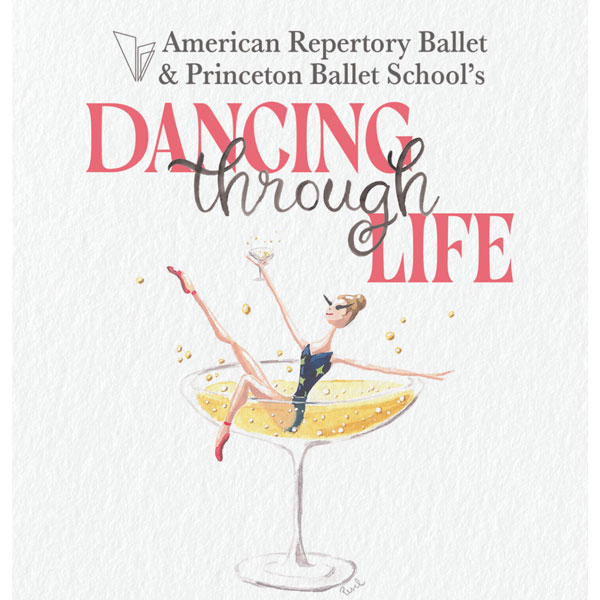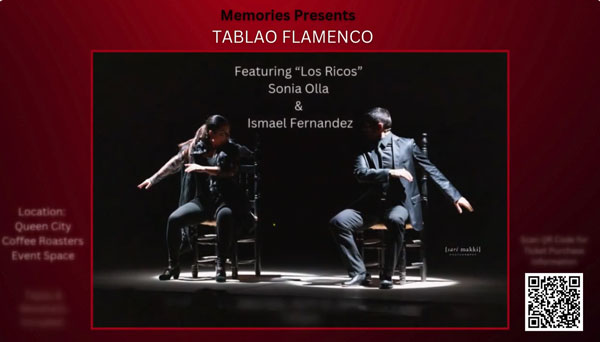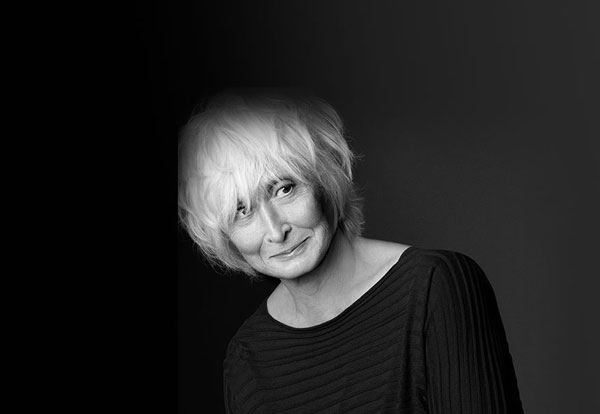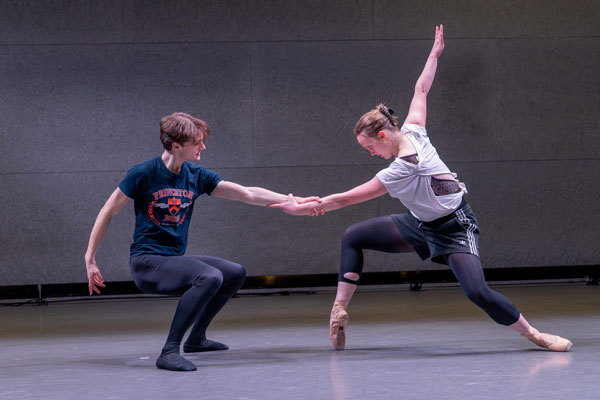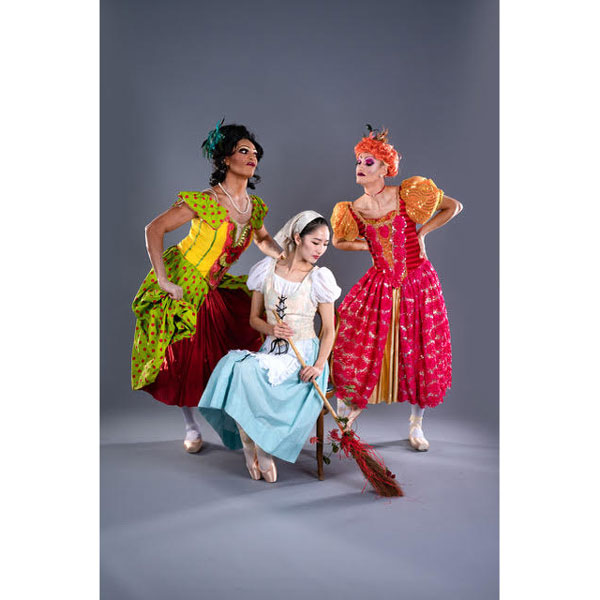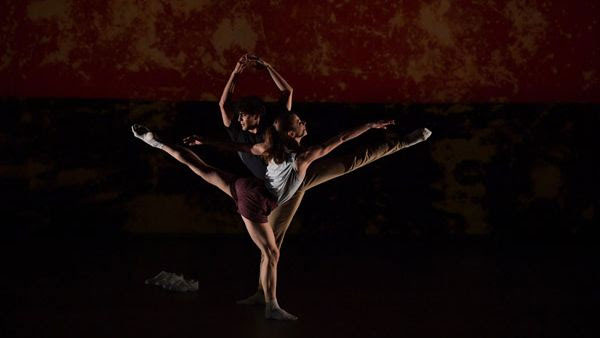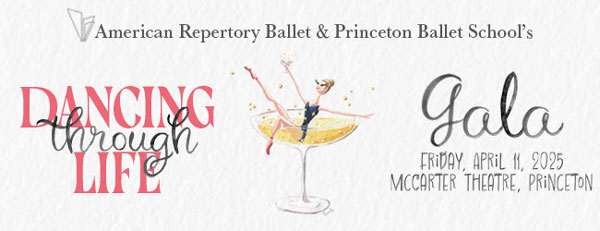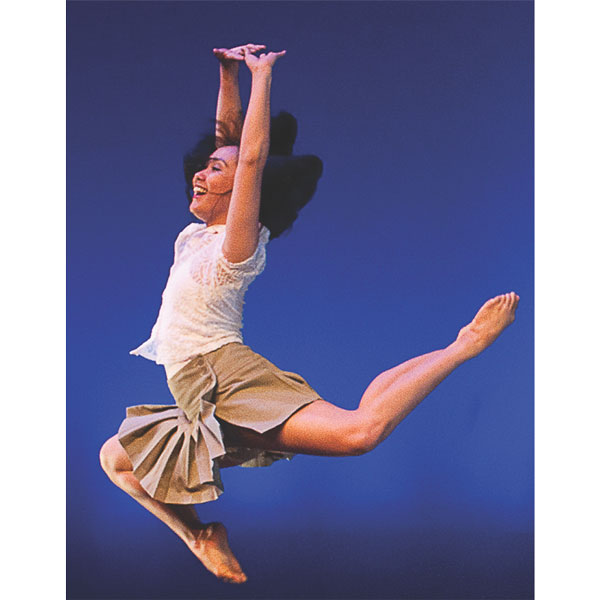By Rachel Alban, JerseyArts.com
originally published: 02/02/2023
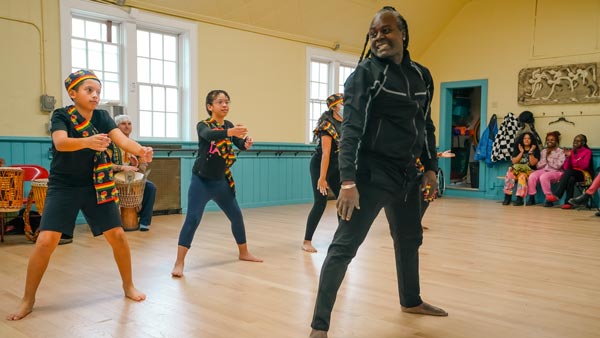
PHOTO: Daniel D.J. Bayon, age 11, Cataleya Montoya, age 10, and Sarai Bayon, age 14, work with instructor Yahaya Kamate.
To Yahaya Kamate, the work of a performer and an educator is inseparable. Every class he teaches is a dynamic performance, and public performances usually offer opportunities for audience participation, if not a full-length dance lesson. Born and raised in the West African country of Côte d’Ivoire and a former member of the National Ballet of the Ivory Coast, Kamate came to the United States in 1994, and immediately found work as a lead dancer, choreographer and teacher of modern dance, ballet, African dance and music. Kamate has been living in New Jersey since 1999, working at respected local arts organizations including NJPAC, City Lore, Alvin Ailey American Dance Theater, Bronx Art Ensemble, and the Institute of Music for Children. We recently had the opportunity to spend time with this engaging artist at The Center for Modern Dance Education, (CMDE) where he has been offering classes and public performances for over 20 years.
Jersey Arts: What was your childhood experience like and how does your background inform your practice today?
Yahaya Kamate: In my house, dancing was natural. I have a huge family with more than 30 brothers and sisters, so the house was always full, and everyone danced every day. I was 8 years old when I started little competitions with my siblings.
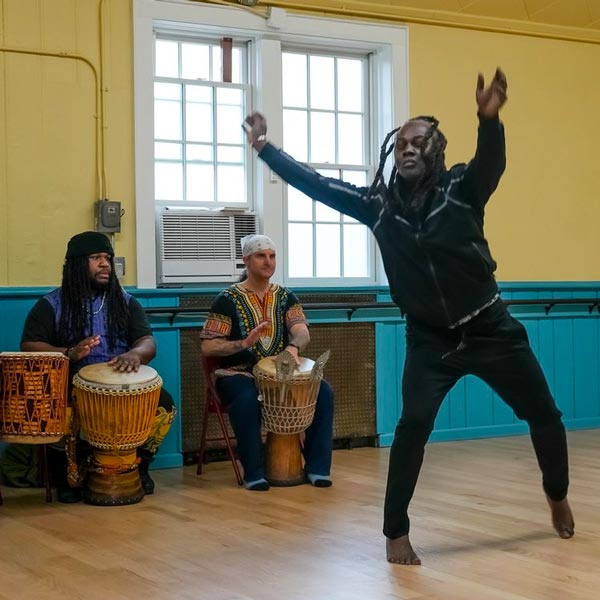
Kizuhri Elissa and Brian Bilsky drum as Yahaya Kamate dances.
When I was 9 years old, I started teaching kids in my neighborhood how to dance and perform so that we could compete with kids from other regions of the Ivory Coast. There were a lot of people that wanted to dance in the neighborhood, and I was so good that they wanted to learn exactly what I was doing. When I would teach them, I would get rewarded. People would throw money at me. Neighbors invited me to their house to dance and feed me. Teaching helped my confidence and belief in my talent. I did that for about four years. Then, I went into the villages to study the traditional dances. I kept studying, studying, studying.
One day I decided to audition for the National Ballet of Côte d’Ivoire. It went well and I was accepted into their school. We toured the West African countries that surround the Ivory Coast - Guinea, Mali, Burkina-Faso, Ghana and Liberia. At age 25 I started touring internationally. I went to France, Greece, and Holland. I enjoyed traveling and wanted to perform in the United States. I learned so many dances for healing in Africa and felt that I had so much to share.
My first performance in the United States was in 1994 at a festival in Memphis, Tennessee, called Memphis in May. A promoter had scouted African countries looking for special talents and invited our team. There were so many acts that we only performed in Memphis for eight minutes, but many lucky opportunities followed. I landed a gig in Florida which led to opportunities performing at Epcot Center, The Animal Kingdom and Bush Gardens. I was dancing and drumming and I performed as a fire breather. For a few years, I was traveling back and forth between Florida and the tri-state area. Eventually, I got more work here. After living briefly in New York City, I moved to New Jersey in 1999.
Are there other artists or performers in your family?
My dad, who was a very good dancer, didn't like the fact that we spent so much time dancing. He said, ‘I hope you won't be about these games because you're not going to be able to make money and feed your family.’ So, he didn't want us to dance, but it was dear to me. I wanted to dance, and I kept pursuing my dream.
My brother, who was an amazing dancer unfortunately didn't pursue it, but became a tailor. My sister who lives in Paris is a comedian. Only three of us siblings stayed in the arts. My children love to dance, though.
My children started dancing here, at CMDE! I remember my daughter pushing her twin brothers around in a chair and dancing around in this space. 13 years later, my daughter plays the piano, and my boys are tap dancing! Tap came easily to them because they were already familiar with African dance and drumming. They already had that rhythm, and that helped a lot. Next thing you know, know they're going to study and perform with Savion Glover! Now that they are older, they have moved to another state. When they are in NJ, they still assist and perform at CMDE.
Did your father become more supportive over time?
He responded good to me when I came here to the United States in 1994 and I sent him about $1,000. And he saw that green money and said, ‘OK, you were right. Do what you want to do.’
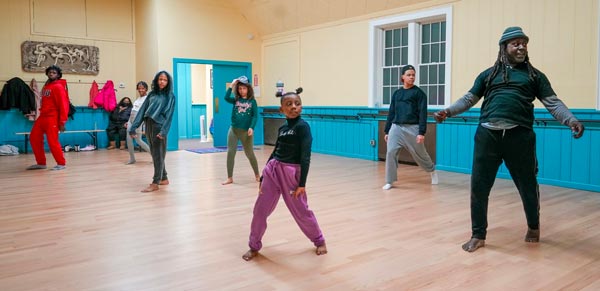
(From left to right) Assistant teacher Jared Bailey; CMDE Junior Company members Essence Linton, Brielle Bright, age 12, Cataleya Montoya, age 10, and Ziara Graham, age 8; and CMDE teacher and Company member Jayren Madera dance with instructor Yahaya Kamate.
How do your experiences inform your teaching practice?
As educators, we bring a lot to the table. We inspire students, we inspire teachers. Most importantly, we inspire students to become themselves.
I learned by not being taught. I learned by watching and paying attention. But even though that method worked for me, it doesn't work for everyone with different learning styles. When working with little ones, I learned to get down on my knees to be the same height and eye level to talk. My teachers never did that with me. They would talk through a routine once, and then move on to the next student. Classes were big and they can't spend too much time with one person. I find that is not so good.
I work with a lot of students who have special needs, and I work with the little ones and the oldest ones. I teach inclusive classes for all ages because I believe dance is for everybody. I also go to senior centers, and I do hand exercises with them. I need to create an environment where all students feel comfortable. We can all perform together. It can be challenging sometimes. So, I must be patient and find ways to build communication and trust.
All students need to know you believe in them, and they must trust you. That relationship of belief and trust is needed for students to deliver what you're asking.
Your passion for teaching and making your art form accessible to everyone, is very apparent. What does it mean to you?
As a child, I learned that the Creator created art so that we can all find a rhythm. My art form has a rhythm that helps so many people. Rhythm is everywhere just like the weather is everywhere. There is rhythm in the water, rhythm in the forest, rhythm on the way to work, rhythm on the way coming home, rhythm going to sleep. So, for me, finding that rhythm for people and tapping into that is special. That's what I'm trying to do, find the rhythm. We can all find rhythm through the arts.
About the author: Rachel Fawn Alban is an arts educator, writer, and photographer based in Newark, NJ. Since 2013, she has been covering arts and culture stories for UntappedCities.com, StreetArtNYC.org, and ArtBreakout.org, and was a contributing photographer to Google Arts and Culture’s online 5Pointz exhibition. As an arts educator, Rachel develops and leads art workshops for organizations including Rutgers University's Paul Robeson Galleries, Abrons Art Center, and Scholastic’s Alliance for Young Artist and Writers, and is on Arts Ed Newark’s Trauma Informed Team. Rachel earned her BFA in Art Education and MPS in Art Therapy at the School of Visual Arts. Rachel is thrilled to now be focusing on the arts in New Jersey!
Content provided by
Discover Jersey Arts, a project of the ArtPride New Jersey Foundation and New Jersey State Council on the Arts.
FEATURED EVENTS
To narrow results by date range, categories,
or region of New Jersey
click here for our advanced search.
EVENT PREVIEWS





